by Babak Taghvaee
Leonardo has enhanced its C-27J Spartan transport aircraft with firefighting capabilities to meet the needs of some operators who require its secondary use as an air tanker.
Over the past two decades, wildfires around the world have increased as a result of global warming. This has led to a higher demand for aerial firefighting assets, particularly in Europe. Type-II air tankers, capable of carrying 6,000 to 11,500 liters of fire retardant, are the most commonly used aerial firefighting assets among European Union members. As of 2024, there were 79 Type-II air tankers (CL-215, CL-415, and Dash 8) available for use by European member states, with an additional 22 (DHC-515) on order.
Not all EU member states have their own air tankers, which forces them to explore alternative solutions, such as using their military resources (transport aircraft) as air tankers in emergencies. To address this need, aircraft manufacturers like Embraer and Airbus have been working on integrating firefighting modules onto KC-390A and A400M tanker/transport aircraft. Leonardo, the manufacturer of the C-27J Spartan medium-lift tactical transport aircraft, has successfully done the same. The company has integrated and tested the MAFFS II (Modular Aerial Fire Fighting Systems II) into the C-27J, demonstrating it as one of the best alternative firefighting aircraft for many operators worldwide.
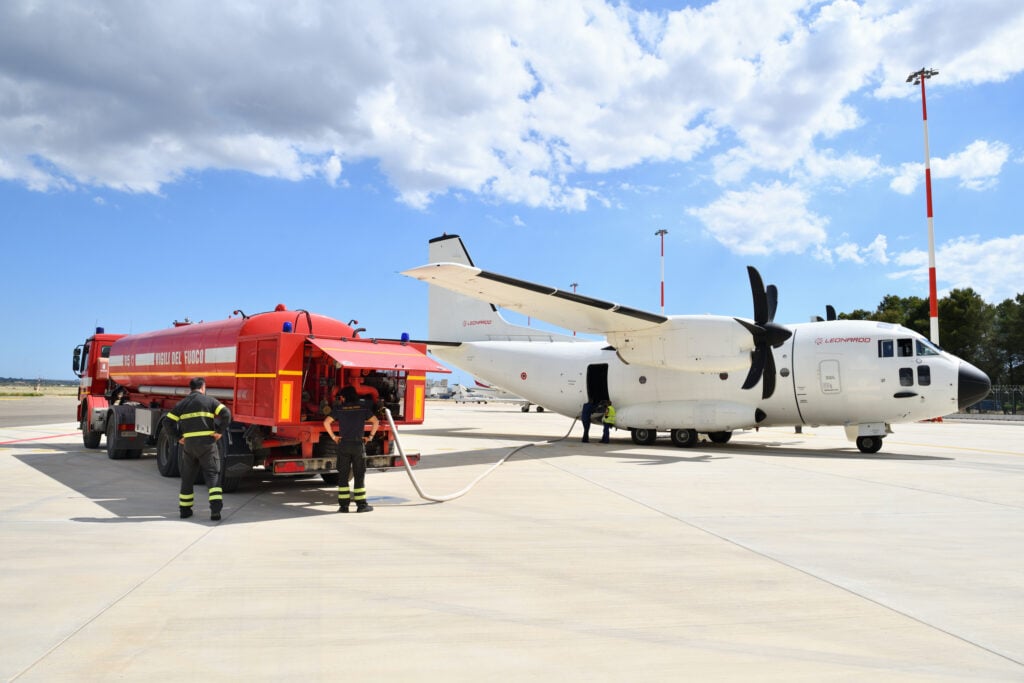
A battle-proven tactical transport aircraft
The C-27J Spartan is a modern tactical transport aircraft developed by Leonardo's Aircraft Division based on the Alenia Aermacchi G.222 Panda (C-27A). Currently, there are 86 C-27Js in military use across 18 countries worldwide. In addition to being used as a tactical transport aircraft, these planes are also utilized for maritime patrol, medical evacuation, search and rescue, transportation of important persons, and other purposes. Many operators use them similarly to how the C-130 Hercules medium-lift transport aircraft is used.
As of December 2024, seven European air forces operate a total of 37 C-27Js. These air forces include the Hellenic Air Force (eight), Bulgarian Air Force (three), Italian Air Force (eight C-27J transport aircraft, one MC-130J special mission aircraft, and three YEC-27J electronic warfare attack aircraft), Lithuanian Air Force (three), Romanian Air Force (seven), Slovak Air Force (two), and Slovenian Air Force (two).
In October 2006, the Italian Air Force (ItAF) became the first recipient of the C-27J. They received the first aircraft out of an initial batch of 12. The first aircraft entered service with the 46th Brigata Aerea at Pisa air base. These planes were acquired to operate alongside six C-130J Super Hercules tactical transport aircraft, six KC-130Js (tanker version), and ten C-130J-30s in service of the 2nd and 50th Gruppo in the ItAF.
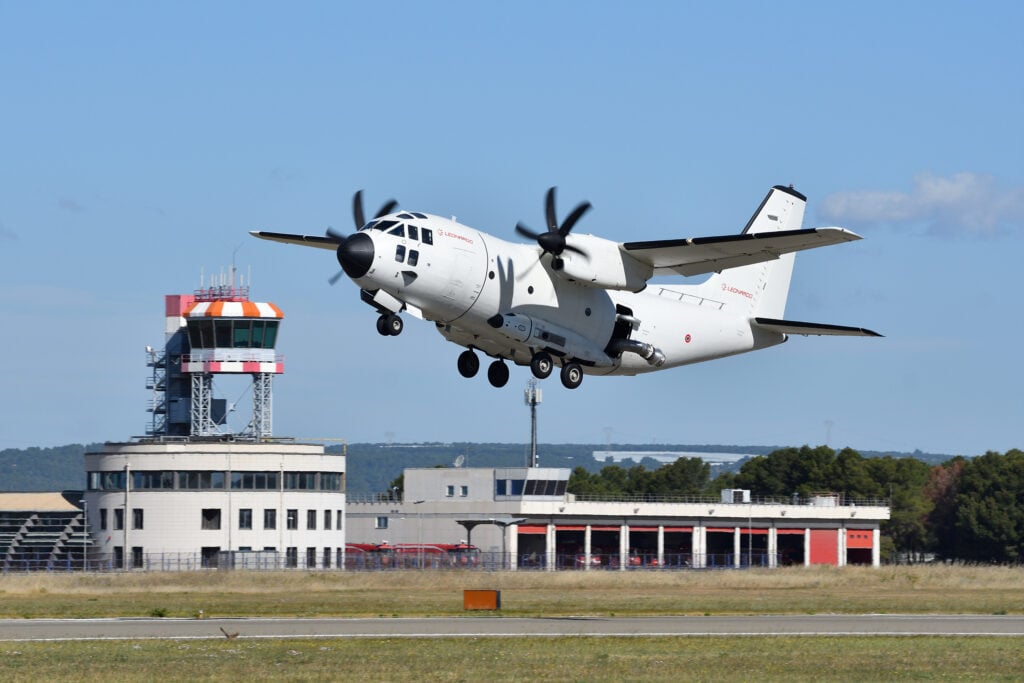
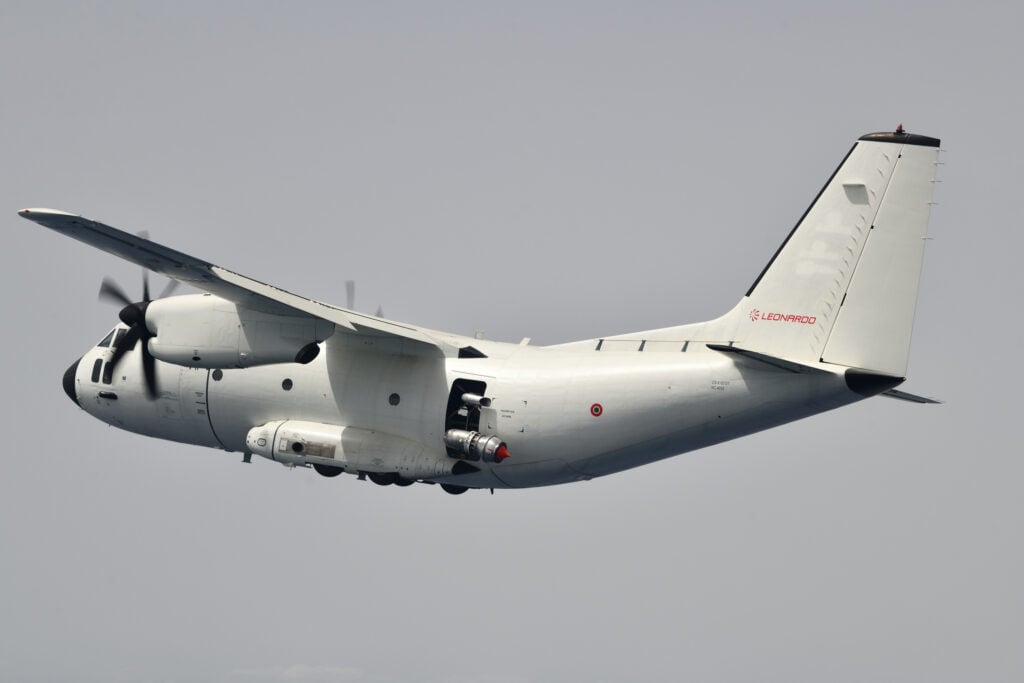
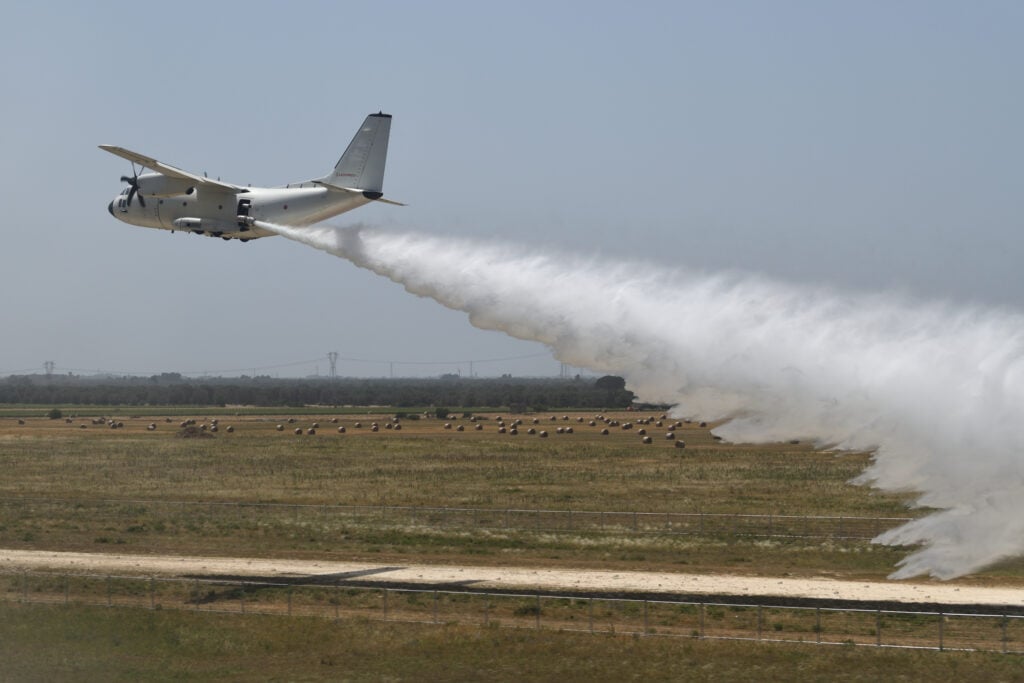
Equipped with an inflight refueling probe and an advanced self-protection system known as the Defensive Aids Sub System (DASS), these aircraft were quickly used in combat by the ItAF during their deployment to Afghanistan between September 12, 2008, and January 27, 2009. In Afghanistan, they supported NATO's operation against terrorism, particularly the Taliban, by airlifting troops, cargo, airdropping supplies, and evacuating wounded soldiers.
Some of the former Warsaw Pact members and former Soviet Republics, now NATO members, chose the C-27J as a replacement for their aging Russian/Soviet-made Antonov An-26 light transport aircraft. Bulgaria was the first to order five of these aircraft in 2006, later reducing the order to three due to financial difficulties. In the same year, the Romanian government selected the C-27J as a replacement for the Romanian Air Force's Antonov An-24/26 transport aircraft, ordering seven of them on December 7, 2007. The first two were delivered to the RoAF on April 12, 2010.
Technical and Operational Capabilities of the Spartan
In 1995, the predecessor of Leonardo Aviation, Alenia, began discussions with Lockheed Martin to design and develop an improved variant of the G.222 tactical transport aircraft using the C-130J's Glass Cockpit, new engines, and propellers. This collaboration led to the birth of the C-27J Spartan, with development starting in 1997 by Lockheed Martin Alenia Tactical Transport Systems (LMATTS).
The C-27J is equipped with the C-130J's Rolls-Royce AE 2100 engine and six-blade propeller, as well as fully digital MIL-STD-1553 systems and avionics architecture. The first prototype of the C-27J flew for the first time on September 24, 1997. In November of the same year, the Italian Air Force placed an order for 12 aircraft, becoming its launch customer.
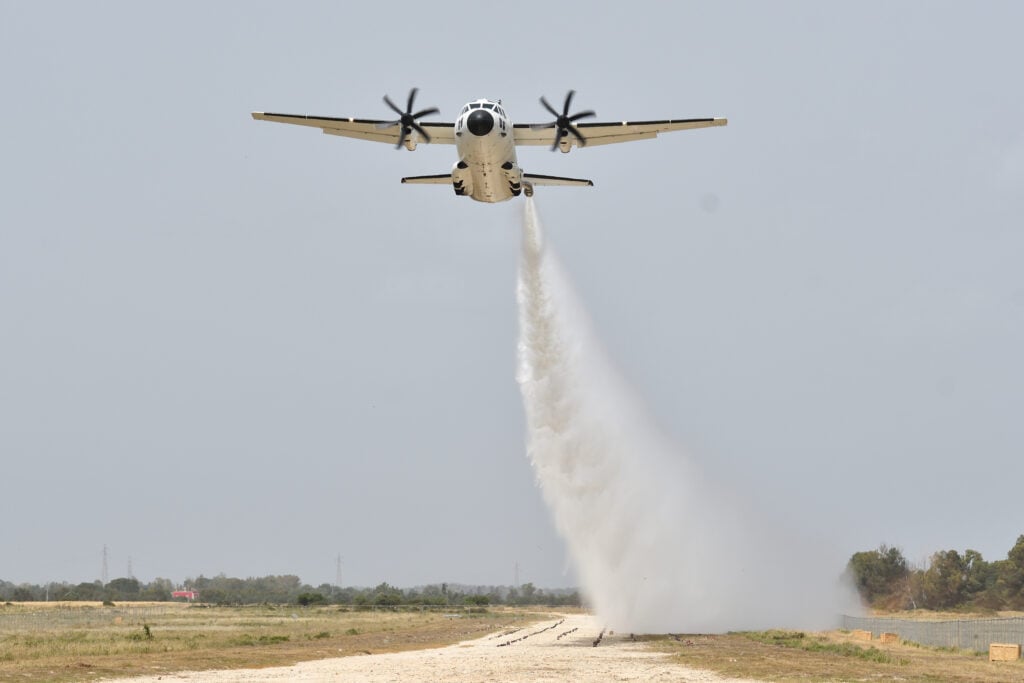
The C-27J is designed to provide superior military tactical airlift capability and represents the most technologically advanced solution to meet demanding military requirements. It can airlift troops, supplies, vehicles, equipment, and injured personnel, as well as airdrop paratroops, materiel, and equipment to/from remote unprepared fields. The C-27J is extremely rugged and offers modern features that allow it to perform a full range of missions effectively, efficiently, and reliably, with a high degree of survivability. Low operating costs and high versatility make the aircraft an affordable and intelligent choice for operators.
The C-27J is equipped with two AE 2100D3 turboshaft engines, supplied by Rolls-Royce Defence North America (formerly Allison). The engines are rated at 4,637shp. Dowty supplies the six-bladed composite propellers. With a maximum take-off weight (MTOW) of 70,107lb (31,800kg), the aircraft can carry a maximum of 24,471lb (11,100kg) of cargo. Thanks to its fuel-efficient and powerful engine, the C-27J can fly at a maximum speed of 602km/h, with a maximum cruise speed of 583km/h and a stall speed of 194km/h. Its range is 1,852km, with a ferry range of 5,926km and a service ceiling of 9,144m.
First Step for Turning C-27J into a Firefighter
In 2007, the C-27J won the US Armed Forces Joint Cargo Aircraft (JCA) competition for 100 aircraft. However, due to political and budgetary issues, the USAF became the sole operator of the aircraft with the order reduced to just 21 for use of three Air National Guard Squadrons. Only 12 out of the delivered aircraft were put into service by the 164th Airlift Squadron, 179th Airlift Wing of Ohio Air National Guard; 135th Airlift Squadron, 135th Airlift Group, Warfield of the Air National Guard; and 153rd Airlift Squadron, 186th Airlift Wing of Mississippi Air National Guard.
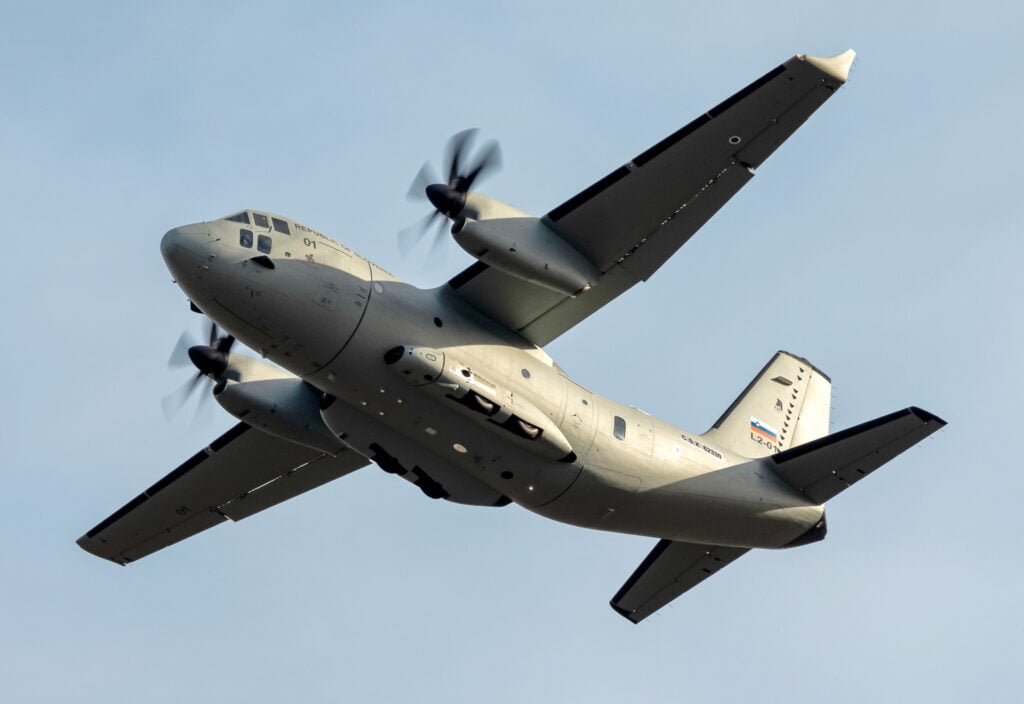
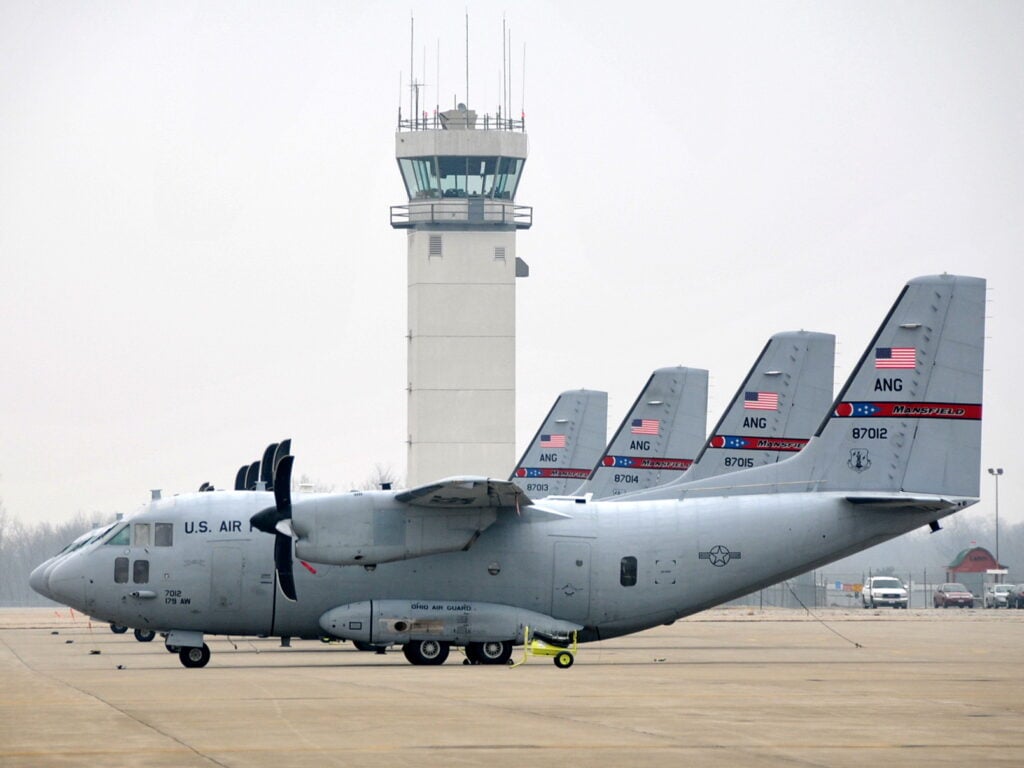
The Air National Guard’s C-27Js were extensively used in Afghanistan by the 179th Airlift Wing starting in 2011. They completed 3,200 missions, airlifting 25,000 passengers and 1,400 tons of cargo. However, this success was short-lived as the US Department of Defense decided to retire the C-27Js due to budget constraints, exacerbated by a flight control system failure in one of the aircraft.
Between July 2012 and January 2013, 12 C-27Js with an average age of only two years were sent to the USAF's 309th Aerospace Maintenance and Regeneration Group (AMARG) at Davis–Monthan AFB for divestment. Additionally, four more aircraft delivered to the Air National Guard in 2013 were also sent to the boneyard, while five more under construction in Italy faced potential order cancellations.
In July 2013, the United States Coast Guard considered acquiring 14 of the 21 C-27s for search and rescue missions, while the US Forest Service (USFS) expressed interest in obtaining the remaining seven aircraft, including those under construction in Italy, for firefighting purposes. The USFS planned to use these aircraft in addition to the C-130H/Js of the US Air National Guard, which could utilize MAFFS I/II firefighting modules. Despite the USFS's intentions, the aircraft were ultimately absorbed by the U.S. Special Operations Command (SOCOM) and subsequently entered service with the US Army.
When the USFS began exploring the possibility of using C-27Js for aerial firefighting in 2013, work on designing and certifying a tank for the aircraft had not yet commenced. However, there was an existing 1,800-gallon tank design for the previous model of the aircraft, the G.222, at that time.
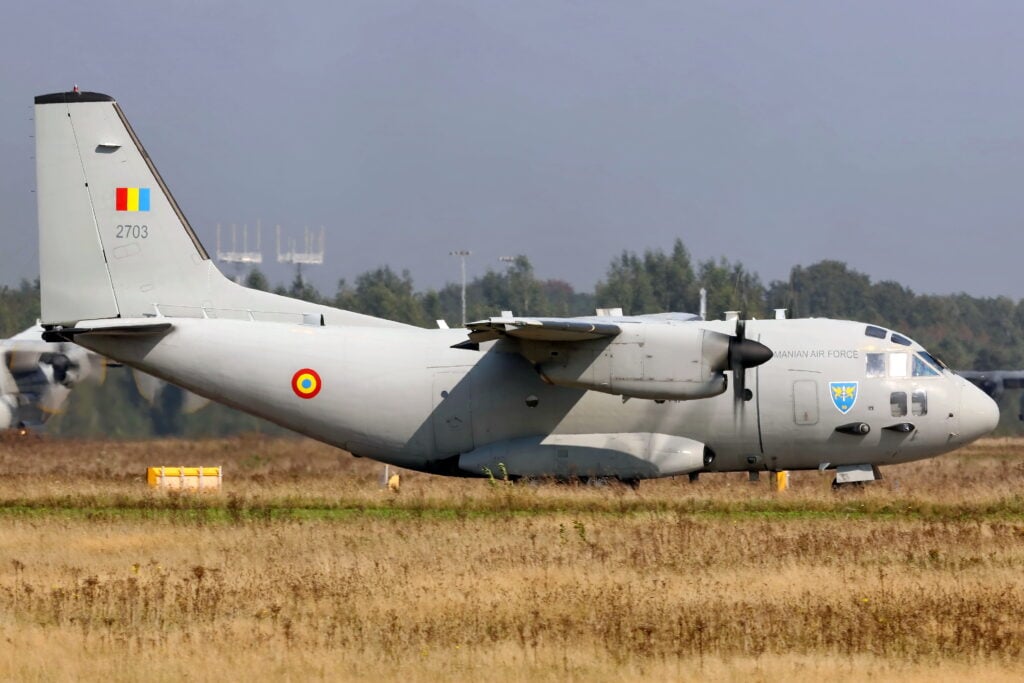
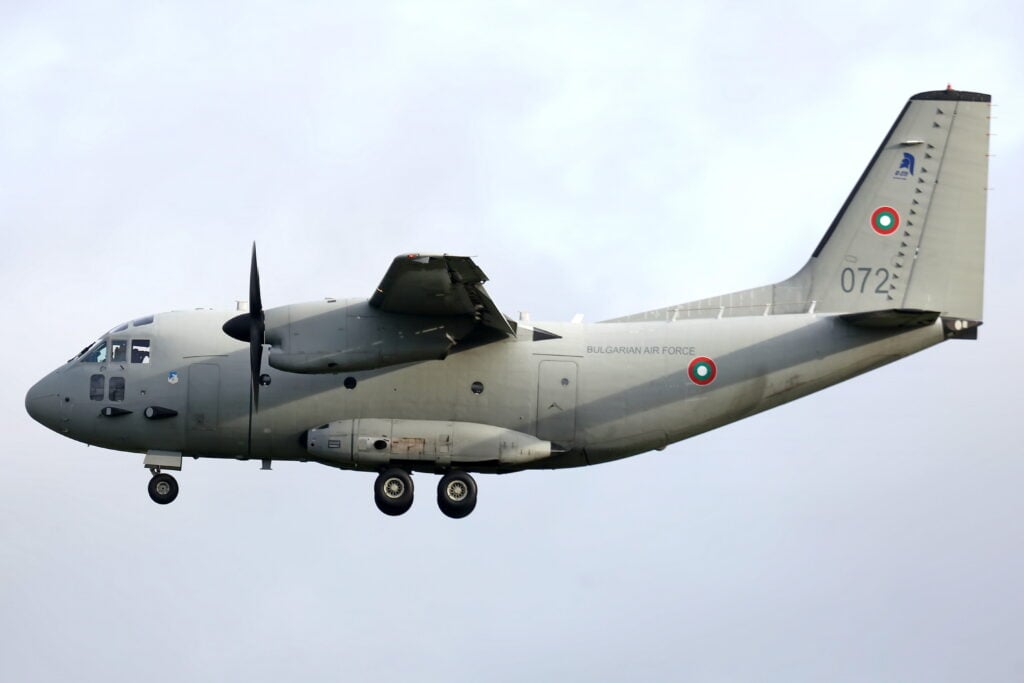
The C-27J had a relatively low Maximum Zero Fuel Weight of 58,422 lbs, meaning the total weight of the aircraft's empty weight, flight crew, retardant, and tank could not exceed this limit. This weight limit was crucial due to the potential for structural failure if exceeded. The US Air National Guard had also adopted this weight limit for its operations.
The surplus C-27Js from the National Guard in 2013 had an empty operating weight of 46,200 lbs, which could be reduced to 42,900 lbs by removing cockpit protective armor, cargo loading systems, and miscellaneous equipment weighing 3,300 lbs. This weight reduction would allow for the installation of a 1,568-gallon retardant tank at that time, with the potential for a larger 1,850-gallon tank in the future.
Although the USFS's plan to acquire C-27Js for firefighting purposes was canceled in late 2013, the Romanian Air Force, which had ordered seven of these aircraft, began using them as firefighters in 2014. Alenia conducted rigorous operating and training tests on one of the Romanian C-27Js in November 2013. By December 5, 2013, Alenia Aermacchi had completed an experimental campaign in a Romanian mountain range to test the innovative firefighting system called Caylym Guardian.
The Caylym Guardian system enabled the C-27Js to drop up to six large cardboard containers filled with 1,000 liters of water or extinguishing liquid on bushfires. This system provided a quick, accurate, and innovative approach to fighting bushfires, ensuring precise drops and creating a focused retardant cloud on the target. The containers were biodegradable but could also be retrieved by ground firefighters.
Integration of MAFFS II Module with the C-27J
In January 2021, the Slovenian government announced its interest in purchasing a C-27J for the Slovenian Air Force and Air Defence. On November 17, 2021, the Slovenian Ministry of Defense signed a contract for one C-27J, with a second example ordered on November 21, 2023. The Italy-Slovenia government-to-government contract for the acquisition of the C-27J included the integration of the MAFFS II firefighting module on the aircraft to enable its use for firefighting operations. The work on integrating the MAFFS II on the aircraft began in May 2022 and continued after the delivery of the first of two C-27Js to Slovenia on December 20, 2023.
Testing and certification of the MAFFS II module and all subsystems started in May 2024. On Monday, November 11, 2024, an in-flight operational demonstration with real drops was held at the Navy Aircraft Station on the grounds of Maristaer airport in Taranto-Grottaglie and at the former Navy airfield in Manduria (Taranto) in Italy. The test had the first C-27J built by Alenia involved (CS-X 62127/ NC 4033).
For firefighting operations, the C-27J can operate effectively even at low altitudes and in unfavorable weather conditions. Agile, maneuverable, and fast, it is equipped with cutting-edge digital avionics, with a maximum cruising speed of 325 knots (602 km/h) and STOL (Short Take-Off and Landing) characteristics allowing it to take off and land on short or semi-prepared runways near the sites of intervention. It can quickly reach and operate optimally where and when other firefighting vehicles traveling by air or land cannot, including isolated locations and places where water is scarce or the sea is too rough for "scooper" type aircraft.
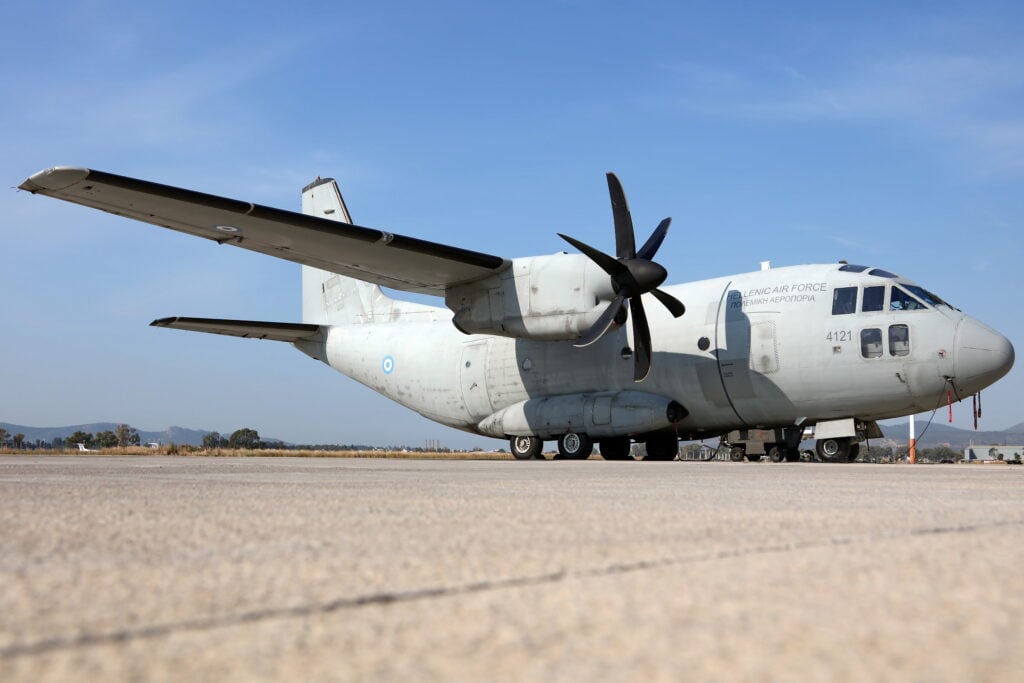
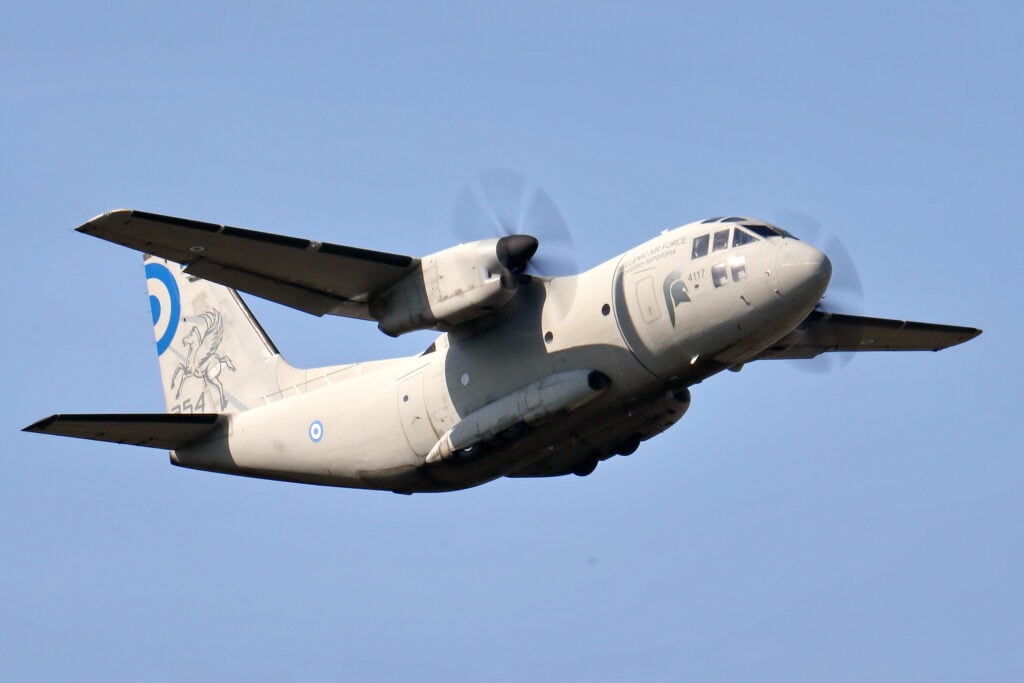
At an average speed of 130 knots (250 km/h), a pressurized jet of water mixed with fire-retardant liquid can cover a large amount of ground with each drop. Its range can be adjusted, allowing the crew to adapt the mission profile to the specific conditions of each fire and the terrain's topography. Moreover, the proposed solution is not limited to fighting fires but can also be used in their prevention.
Leonardo is expected to complete tests of the MAFFS II module on the C-27J, enabling the Slovenian Air Force to use the aircraft during the 2025 fire season. The module modified for use on the C-27J has one water jet nozzle exiting from the left paratroop door of the aircraft, unlike the two paratroop doors on larger aircraft such as similar to the Lockheed C-130s and Embraer C-390s. The modified MAFFS II modules for use on Slovenian C-27Js will have a tank capacity of up to 7,500 liters (2,000 US Gal) of water or retardant capable of dropping this in two drops per sortie.
The availability of modified MAFFS II modules for use on C-27Js will also enable many European and non-European countries to use them for firefighting operations during fire seasons. Air Forces in Bulgaria, Greece, Morocco, and Romania are among the other C-27J users expected to add firefighting capability to their aircraft through the acquisition of modified MAFFS II modules.
In Greece, which is facing an increasing rate of wildfires due to global warming every year, the national fleet of ten CL-215GRs and seven CL-415s used by the Hellenic Air Force are often overwhelmed during fire seasons, forcing the Greek government to use other assets such as chartered AT-802A/F Air Tractors. When a combination of the national fleet of Type-II air tankers in Greece and the chartered Type-III tankers (AT-802s) is not enough to deal with wildfires, the EU Civil Protection Mechanism is activated, resulting in the deployment of Type-II and III firefighting aircraft from other European member states to the country.
Whether in Greece or other European countries, when the EU Civil Protection Mechanism is activated due to an uncontrollable wildfire, it takes one or two days for other member states to deploy their Type-II and III air tankers to assist the country in need. By acquiring modified MAFFS IIs, European C-27J users like Slovenia and Greece will be able to use these aircraft as Type-II tankers immediately during a state of emergency without waiting for other European member states to deploy their assets.






